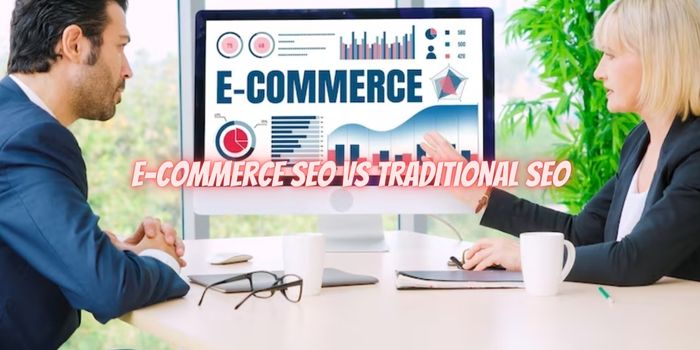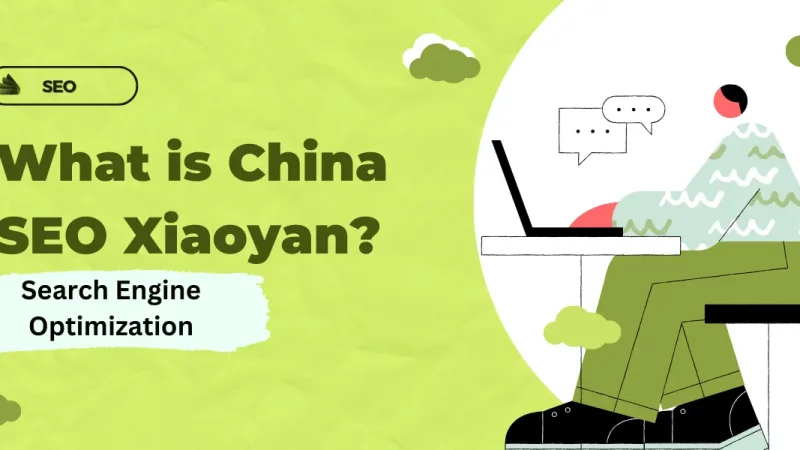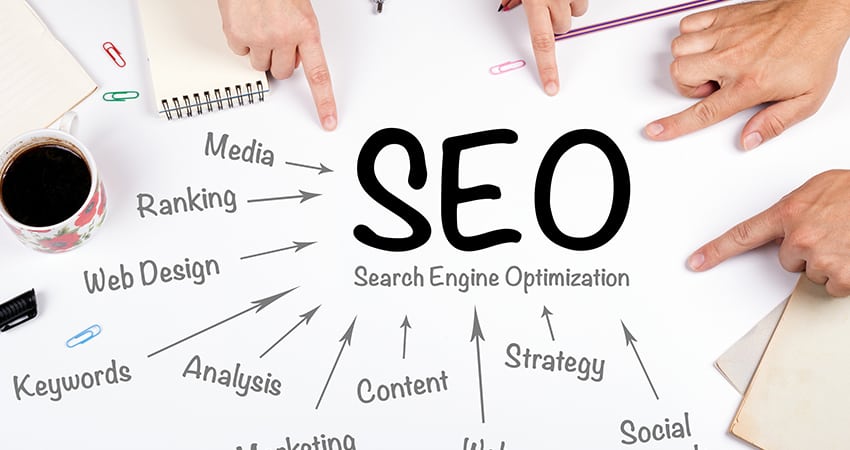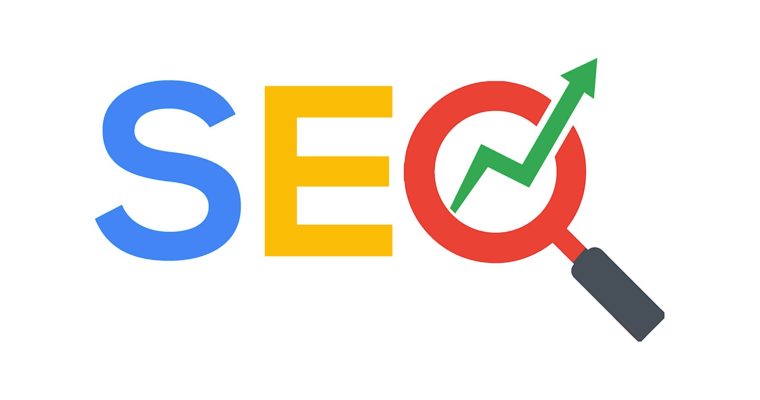E-commerce SEO vs Traditional SEO – Strategies for online E-commerce stores

Traditional SEO is used to optimise a website to improve its rankings in search results and thus drive more traffic. This applies to all types of websites. However, the SEO for E-commerce websites is slightly different. E-commerce SEO is used to optimise an online store to improve its visibility and drive more traffic.
Traditional SEO techniques include keyword research, creating content, optimising title tags and meta description, building backlinks, optimising website structure, technical SEO and more.
For E-commerce stores, the techniques used are keyword research, creating product descriptions, category pages, meta descriptions and title tags, optimising the website structure, optimising user experience, using schema markup and more. E-commerce websites have a tough time building backlinks and therefore other methods for link-building like guest blogging and influencer outreach have to be used. To optimise your online store you can hire E-commerce SEO services.
SEO strategies for online stores
1.You need to find relevant product-focussed keywords as the majority of the keywords will be around product searches. Information keywords also should be researched.
The tools that can be used for keyword research are Amazon Suggest, Google Keyword Planner, Semrush and more. Make a list of potential keywords and select the right ones based on the search volume and how well they fit your products.
Select medium and highly competitive keywords and find the keyword difficulty. Keyword difficulty is how competitive is to rank for a given keyword. If the keyword difficulty score is higher then it will be harder to rank for that keyword.
You should find keywords that are searched for, have little competition and fit your products well. If you use keywords that do not fit your products then the users who search for that term will not convert.
2. The two types of pages that generate the maximum traffic for E-commerce stores are the product and category pages. Optimise the product title tags and meta descriptions.
The tile tag should include the keyword and you can use modifiers like ‘Buy’, ‘Best’, ‘Cheap’ and more. This will help you to get traffic for long-term keywords.
The meta description should be unique and include the keyword. They should be compelling to encourage the users to click.
3. E-commerce websites tend to have more pages and your website structure should be easy for the users and the search engines to navigate. While setting up an E-commerce website structure keep every page 3 clicks away from your Home page.
When you use a deep architecture for your website the authority gets diluted by the time it reaches product and category pages. Therefore you should use a flat architecture as it also makes it easy for the users to find what they are looking for.
4. Optimise product and category descriptions by creating high-quality content. Create product and category descriptions of over 1000+ words and use keywords 3 to 5 times. Long-form content tends to do better in Google.
Detailed product descriptions help the users to understand your products and this also helps to improve the user experience. If it is not possible to write a long description for all your products then you can write a long description for the top 10 -15 products.
Find the LSI (Latent Semantic Indexing) keywords, these are the words and phrases related to your main keyword. Use them in your content.
5. Use short and keyword-rich URLs as they tend to rank higher than long ones. The URL structure should be like https://store.com/category/subcategory/product.html.
6.The website’s navigation automatically creates a lot of internal links. But you should also build internal links from authoritative pages to the high-priority product and category pages.
If you have created a blog with external links pointing to it then you may want to link it to your product page.
7. Technical SEO is vital because it can make a difference in the rankings in the search results. You can use tools like Semrush, Screaming Frog and DeepCrawl to audit your website for any technical issues.
Some of the common technical SEO issues are too many pages, duplicate content, thin content and website speed. These issues should be fixed to improve your website’s performance.
8.If you want to stand out on the first page of Google then you should implement schema markup. When you use schema markup on your product pages your products can appear in rich snippets. Rich snippets display the results along with the star ratings, price, reviews and more.
If you need help to optimise your E-commerce store then you can approach an E-commerce SEO consultant.





